SEO SEO and SEO everyone knows about SEO, and everyone wants to know more about SEO (Search Engine Optimisation). SEO is very important, it can be either On-Page SEO or Off-Page SEO.
So, check On-Page SEO techniques in 2024. Now let me tell you which SEO is most important and why it's important.
Any website owner, blogger, online marketer or SEO specialist. In fact, anyone trying to rank a website in search engines. Let's see what is SEO first, before knowing more about deep of Search Engine Optimisation.
What Is SEO?
SEO stands for “search engine optimization.” It is the process of getting traffic from the “free,” “organic,” “editorial” or “natural” search results on search engines. SEO plays more role for the rank on the search engines.
You can categorize SEO tactics into two types:
- On-page SEO: All on-page SEO strategies happen on your website.
- Off-page SEO: All off-page SEO strategies happen off your website.
How to get traffic on blog post and how to write
Both on-page and off-page SEO aim to make your site more friendly and load fast. In this article, I'll show you more about On-page SEO.
How do search engines work?
Search engines have three primary functions.
- Crawl: Scour the Internet for content, looking over the code/content for each URL they find.
- Index: Store and organize the content found during the crawling process. Once a page is in the index, it’s in the running to be displayed as a result of relevant queries.
- Rank: Provide the pieces of content that will best answer a searcher's query, which means that results are ordered by most relevant to least relevant.
What Is On-Page SEO?
On-page SEO is also known as on-site SEO. On-page SEO is the practice of optimizing individual web pages in order to rank higher and earn more relevant traffic in search engines.
The majority of on-page SEO advice seems to focus almost exclusively on the strategic placement of exact-match keywords on your page keyword in the title, keyword in the meta description, keyword in H1, etc.
Why On-Page SEO Is Important
In the SEO terminology, On-Page SEO is very important because this is the way of improving your content readable and optimized. On-page SEO is important because it helps search engines understand your website and its content, as well as identify whether it is relevant to a searcher’s query.
If you’re looking to rank a page on Google, your priority must be to add value to the already existing content that is ranking on the #1 position. Google and all other search engines keep changing its ranking algorithms randomly. So, while doing the on-page SEO techniques.
Why should you work on the on-page SEO?
Lot of reasons to work on the on the on-page SEO. Some of the key point are there.
- Readable content
- Optimized content
- Fast Loading
- Higher rankings
- Bigger audience
- Organic traffic
- etc..
How to do on-page SEO?
Basically, on-page SEO is done by the developer end as well as content writer end. Mastering on-page SEO requires a deep knowledge of programming skills, as it includes many aspects.
What are on-page SEO factors?
Let's talk about On-page optimization. On-Page optimization consists of many steps. Every step is mandatory and required for each page of the website.
Here’s a list of the very important on-page SEO factors that have a direct or indirect influence on the success of your website.
- Minify Code
- Crawlable Website
- Site Architecture
- Basic HTML Tags
- Mobile-Friendly Design
- Page Load Speed
- Quality Outbound Links
- Inbound Links
- Use Of HTTPS
- SEO Optimized Content
- Targeted Content
- Post Permalink Structure
- Optimized Image
- Keywords Optimization
- Sitemaps
Minify Code
Every programmer writes there own CSS and Java-Scripts at the time of the website development. But, they forget to minify their code at the time of production deploy. So that it's mandatory and very important to do this task carefully.
Crawlable Website
The website is crawlable and indexed by search robots. That means you all pages interconnected to other pages of the website. You should have a sitemap and robots file on the website. These files help search engines to crawl easily your website.
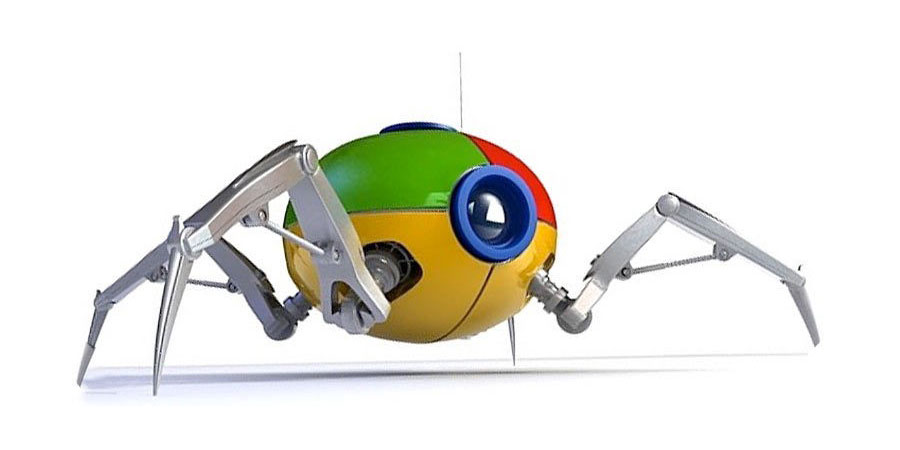
Site Architecture
There are a clear structure and logic in the architecture of the pages. Each section of the website should have a very clear design and widgets.
Remember that H1-H6 are semantic tags. They help search engines to understand the hierarchy of the content. They shouldn’t be used for styling purposes.
Basic HTML Tags
Developers need to add all tags in each page of the website. These tags are given below:
- Title tag
- Description tag
- Meta tags
- Head tag
- Body tag
- Heading tags
- Image tag
- Paragraph tag
- List tags
Title Tag
You should try to use the targeted keyword or keyword phrase toward the beginning of the title. The title should be less than 60 characters. The best practice is title between 50-60 characters.
Description Tag
The meta description is a summary of the page and appears as part of a search result snippet, below the page title. It helps people decide whether to click on your site or other sites above or below.
Meta Tags
Meta tags are snippets of text that describe a page’s content; the meta tags don’t appear on the page itself, but only in the page’s source code.
<head>
<meta charset="UTF-8">
<meta name="description" content="Free Web tutorials">
<meta name="keywords" content="HTML,CSS,XML,JavaScript">
<meta name="author" content="John Doe">
<meta name="viewport" content="width=device-width, initial-scale=1.0">
</head>Head Tag
The <head> tag contains other head elements such as <title>, <meta>, <link>, <style> <link> etc.
<head>
<title>Title of the document</title>
</head>Body Tag
The <body> element contains all the contents of an HTML document, such as text, hyperlinks, images, tables, lists, etc.
<html>
<head>
<title>Title</title>
</head>
<body>
The content of the document...
</body>
</html>Heading Tags
Heading tags are indicators used in HTML to help structure your webpage from an SEO point of view. Search engines use the headings to index the structure and content of your web pages.
The heading tag is used in HTML to define the headings of a page. Headings are defined by <hn>, with “n” being a number between 1 and 6, and determines which position a heading has in the hierarchy of the heading structure.
<h1>This is heading 1</h1>
<h2>This is heading 2</h2>
<h3>This is heading 3</h3>
<h4>This is heading 4</h4>
<h5>This is heading 5</h5>
<h6>This is heading 6</h6>Image Tag
Basically, the <img> tag has two required attributes: src and alt. The alt attribute holds a text description of the image, which isn't mandatory but is incredibly useful for accessibility.
<img src="file.png" alt="Title" height="20" width="20">Paragraph Tag
The <p> tag in HTML defines a paragraph. These have both opening and closing tags. So anything mentioned within <p> and </p> is treated as a paragraph.
List Tags
HTML lists are used to present a list of information in a well-formed and semantic way. There are three different types of lists in HTML and each one has a specific purpose and meaning.
Mobile-Friendly Design
Nowadays, most visitors to the website are on mobile devices. These devices can be Laptops, Tablet and SmartPhone. So, the page renders on every device and browser properly.
There are several options for mobile. Each has its advantages and disadvantages, but the best solution for SEO and analytics nowadays is the responsive version. If your site is not mobile-friendly, there are specific steps you can take:
- Install a responsive theme
- Simplify the menu
- Compress image sizes
- Eliminate aggressive pop-up windows
- Optimize the text
- Consider AMP – AMP is a technology that enables faster content distribution on mobile devices.
Page Load Speed
When we talk about the mobile-friendly design/layout then your website should load faster. Every page size should be lower. Check carefully every CSS file and Script file in minifying. Google collects these signals and takes them into consideration in their algorithm.
You can test your page speed, you can use PageSpeed Insights from Google. To implement all the technical stuff perfectly, you may need a developer (unless you know something about HTML/CSS minifying or DOM elements).
Quality Outbound Links
You should give at least one Do-follow link in between the article. This link presents your content is quality content which will improve your search ranking on the search engines.
Inbound Links
You must need to add at least one inbound link between the article. That's means you should have mention a link to your website which may be related to the article.
Internal links are a great way to keep the reader on your site. They increase user interaction and bring added value by offering relevant resources or pages.
Use Of HTTPS
SSL (Secure Sockets Layer) also plays the main role to rank over the search engines. If your website runs over the HTTPS (Hypertext Transfer Protocol Secure) then your page, as well as the website, will rank on the search engine.
In other words, having a secured website can help you rank better, especially if your page is compared to another page with similar quality but without an SSL certificate.
SEO Optimized Content
SEO optimized content means, content must have all basic HTML tags between the article. Content must have an H1 tag once and remember the H1 tag never be repeated. After that, your child and sub child heading in the H2 and H3 Tags.
It is a common practice to pick one focus keyword and use it in the main on-page elements such as title tag, headings, the text of the body and anchor texts.
If you are using Wordpress, you can check which plugins are important for your website. Top 10 free WordPress plugins for bloggers
There are many studies suggesting that there is a correlation between content length and ranking. The average length of a #1 ranking post is approximately 2000 words.
Focus keyword of the content must be repeated in the heading and paragraph least more than 2-3 times.
Targeted Content
Your content must be targeted to your focus keywords. Dot's miss guides the user. If Your content not targeted then your audience will not stay on your page, which will increase your bounce rate. The page targets a specific search intent.
Why is keyword research important? It helps you to:
- Find new topic ideas
- Find phrases that are popular, relevant and easy to rank
- Find alternate content options
- Understand what people are interested in
Post Permalink Structure
Your focus keyword should have in between the article link. URL addresses are simple, UX-friendly, and SEO-friendly. Let's take an example:
https://www.example.com/seo-friendly-url
The URL address suffix (the last part, not including the domain name or parent folders) should be the shortest summary of the page. The URL address prefix (domain name + content title) should provide context.
This permalink is also known as "Naked URL" when you create a backlink on someone else website by using the same anchor text. If you want to know more about anchor text then you should prefer this URL https://diggitymarketing.com/anchor-text-optimization/. The above link is also a naked URL, that means a link with the same anchor text.
Optimized Image
If you have used an image between the article or featured image, then the image size should be as much as smaller in bytes. This will helps to load faster your page. Also, don’t forget to compress the image files.
The image between the article then must set the alt attribute of the image tag. Your image file name must contain a focus word of the article.
Image files that are too big take ages to load. Therefore, you should optimize the image sizes and find the ideal balance between size and quality.
Image optimization has many advantages, such as:
- Better user experience.
- Additional ranking opportunities (show up on Google Image Search).
- Faster page load times.
Keywords Optimization
You need research before you start writing any piece of content (including title, meta description, image name, etc.), you should know which problem you’re trying to solve, that is – what are people really looking for and which expressions have most search volume.
Sitemaps
The sitemap is a simple an XML file. with the URLs of all your pages. It helps crawlers to find all the pages you want to be crawled and indexed in one place.
Sitemap helps search engine crawlers to find the entire links of the website easily.
Conclusion - (Must Read)
After reading entire factors of On-Page SEO we can say search engine optimization is a serious matter for our website. Because without the On-Page SEO website could not be indexed in search engines.
So, If you understand all these things then it's good otherwise read it carefully and apply to your website for better result.
Share to your friends. Thank you.
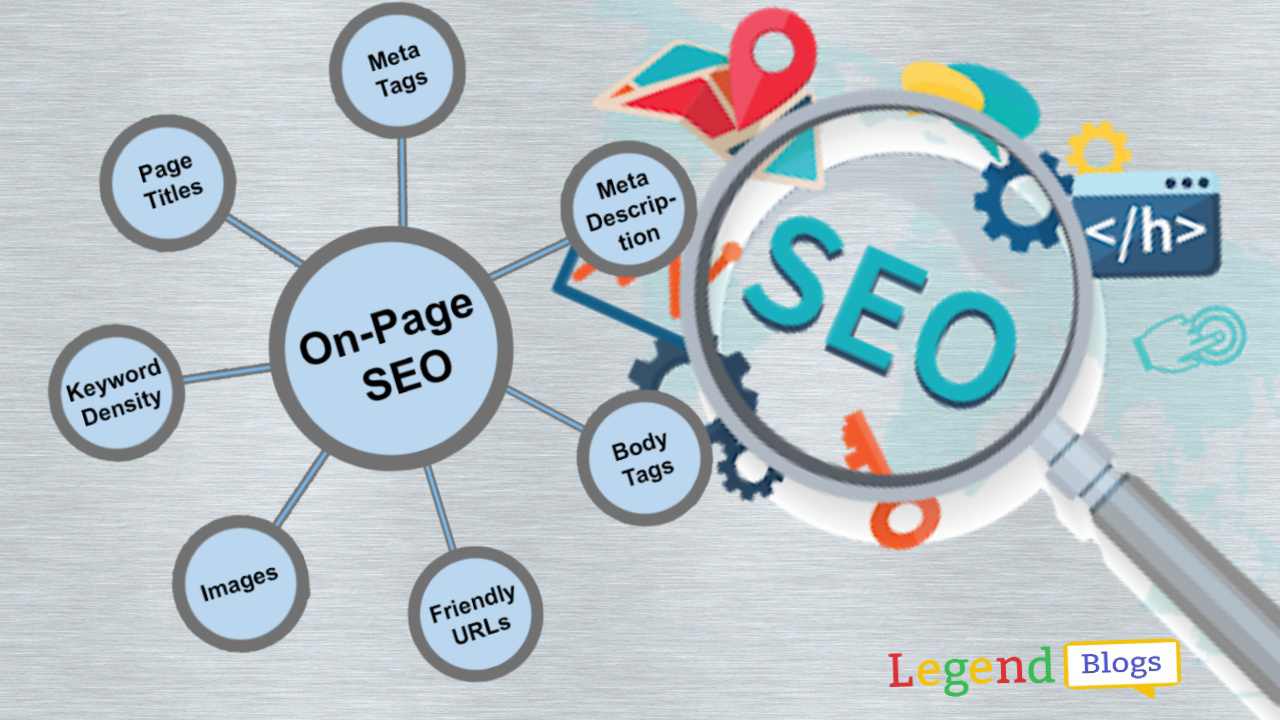
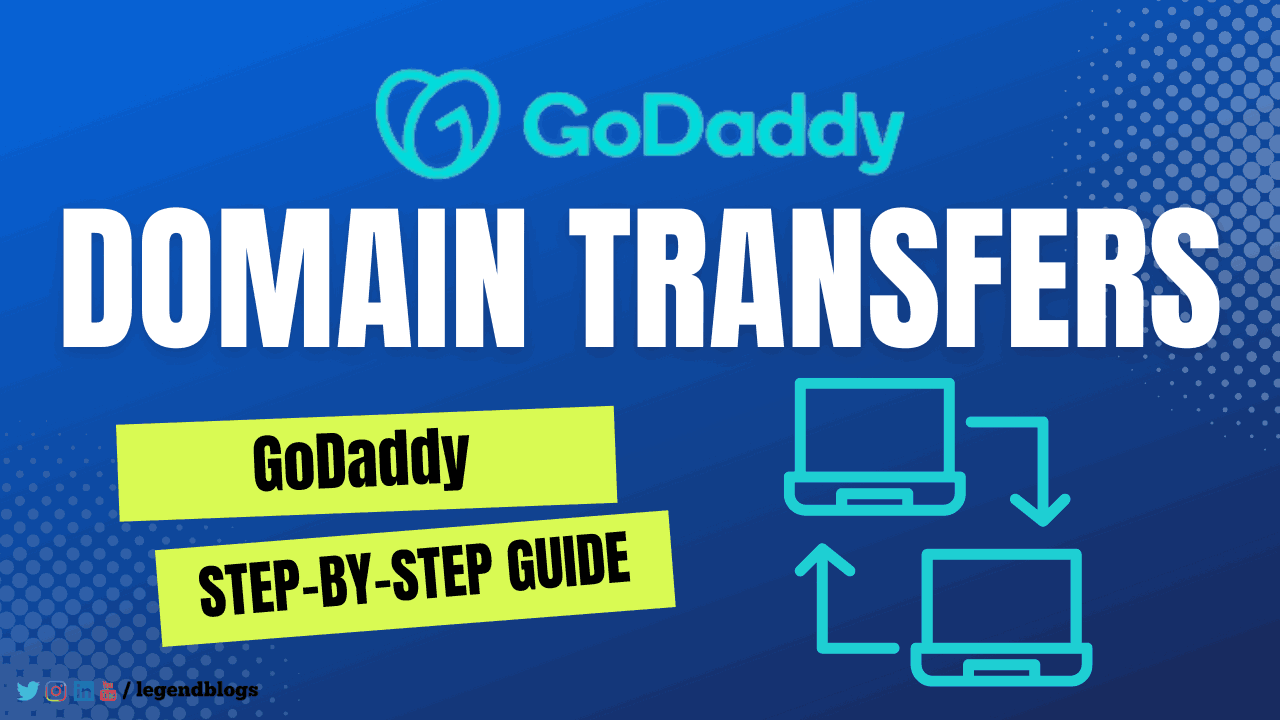
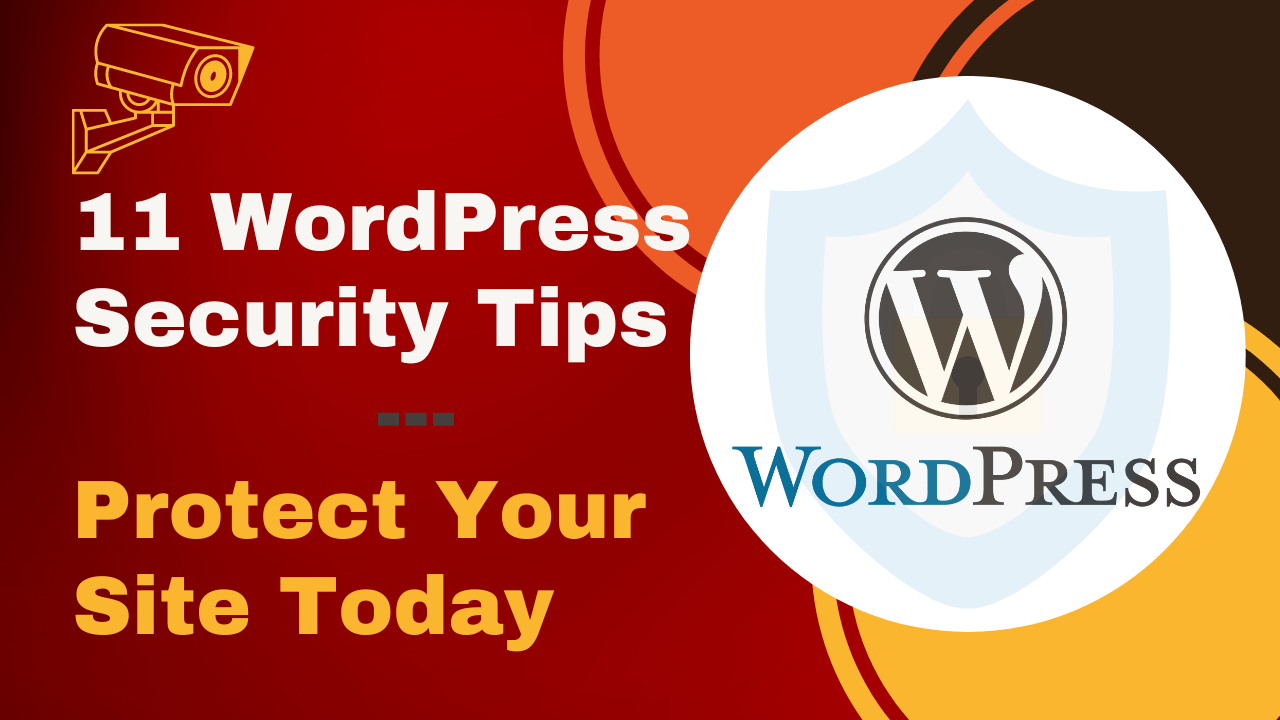

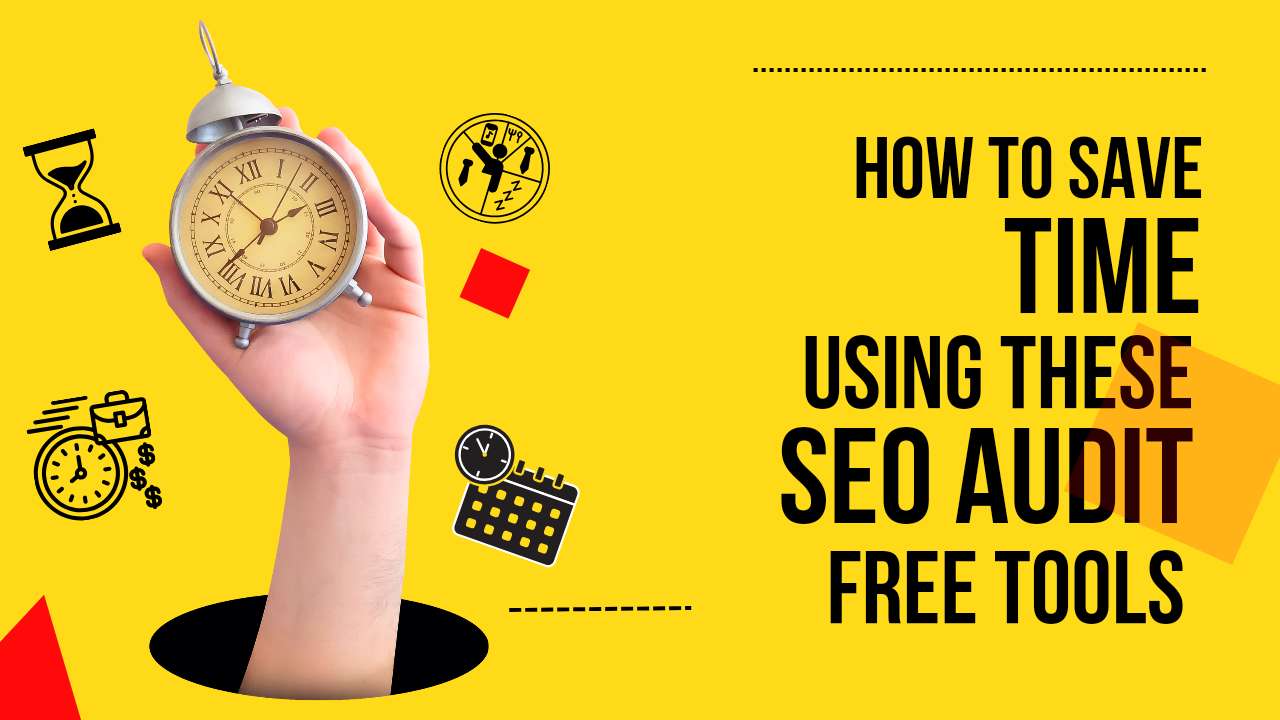

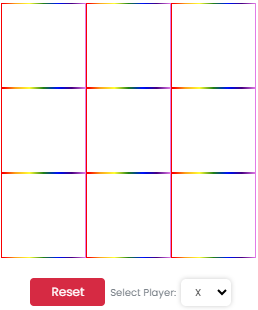
(1) Comments
Matthias Woo
Hi legendblogs.com webmaster, Thanks for the in-depth post!
Write a comment